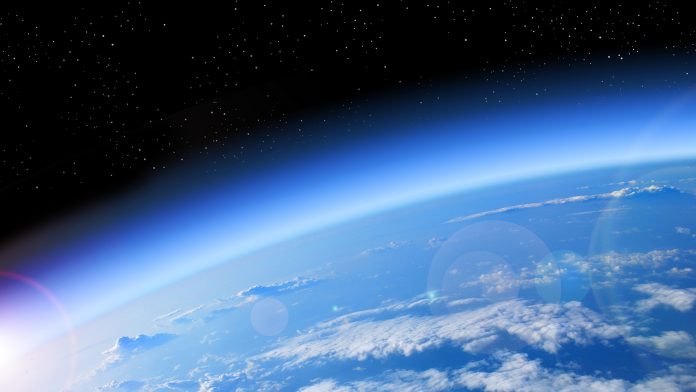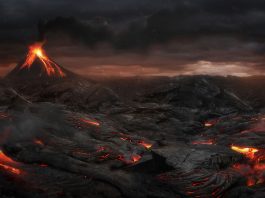A revolutionary new Artificial Intelligence (AI) system has been demonstrated to forecast dangerous ozone layer levels up to two weeks in advance.
The novel Artificial Intelligence system, developed by researchers from the University of Houston’s Air Quality Forecasting and Modeling Lab, has significantly advanced current technology that can only predict up to three days beforehand, with their innovative AI system able to calculate ozone layer levels accurately up to 14 days prior. This groundbreaking innovation has the potential to devise strategies to mitigate severe issues of high ozone layer levels, in addition to solutions for climate change.
Their research is published in the scientific journal Scientific Reports-Nature.
Yunsoo Choi, a professor of atmospheric chemistry and AI deep learning at UH’s College of Natural Sciences and Mathematics, said: “This was very challenging. Nobody had done this previously. I believe we are the first to try to forecast surface ozone levels two weeks in advance.”
The importance of safe ozone layer levels
Ozone is a colourless gas that, in the right quantities, is essential for maintaining life on Earth; it is a crucial part of the Earth’s stratosphere – the ozone layer – which filters out harmful UV radiation from the Sun. However, when considerable concentrations of ozone are in proximity to the surface of the Earth, its toxicity can have devastating effects on our lungs and hearts.
“Ozone is a secondary pollutant, and it can affect humans in a bad way,” explained doctoral student Alqamah Sayeed, a researcher in Choi’s lab and the first author of the research paper.
Harmful exposure can cause throat irritation, asthma, breathing problems, and even respiratory damage, with young people, the elderly, and the chronically ill being the most susceptible to these dangers.
The need for a new predictive system
Forecasts of ozone layer levels have become a standard section of weather reports in recent years; however, unlike the weather, which can be predicted two weeks in advance, ozone didn’t have that luxury until now. The traditionally employed method is a numerical model that utilises equations on the movement of the atmosphere’s gases and fluids to make its calculation, with this strategy having some considerable limitations.
Choi said: “Accuracy with the numerical model starts to drop after the first three days.”

To combat these limitations, the researchers created a machine-learning algorithm by using a unique loss function, which aids in optimising the AI model by mapping decision to their associated cost. The team applied an index of agreement (IOA) – a mathematical comparison of gaps between the expected result and the actual result – for the loss function in the AI model instead of standard loss functions. In Layman’s terms, the team supplemented historical data of ozone layer levels as they perfected the programme’s reactions. This combination of a numerical model and IOA allowed the AI algorithm to predict real-life ozone conditions accurately, based on previous similar situations.
“Think about a young boy who sees a cup of hot tea on a table and tries to touch it out of curiosity. The moment the child touches the cup, he realises it is hot and shouldn’t be touched directly. Through that experience, the child has trained his mind,” Sayeed said. “In a very basic sense, it is the same with AI. You provide input; the computer gives you output. Over many repetitions and corrections, the process is refined over time, and the AI program comes to ‘know’ how to react to conditions that have been presented before. On a basic level, Artificial Intelligence develops in the same way that the child learned not to be in such a hurry to grab the next cup of hot tea.”
The team used four and fives years worth of ozone data in order to educate the AI system to distinguish ozone conditions and make predictive estimates, with the system gradually becoming more proficient over time.
“Applying deep learning to air quality and weather forecasting is like searching for the holy grail, just like in the movies,” said Choi. “In the lab, we went through some difficult times for a few years. There is a process. Finally, we’ve grasped the holy grail. This system works. The AI model ‘understands’ how to forecast. Despite the years of work, it somehow still feels like a surprise to me, even today.
“If you know the future – air quality in this case – you can do a lot of things for the community. This can be very critical for this planet. Who knows? Perhaps we can figure out how to resolve the climate change issue. The future may go beyond weather forecasting and ozone forecasting. This could help make the planet secure,” commented Choi.









